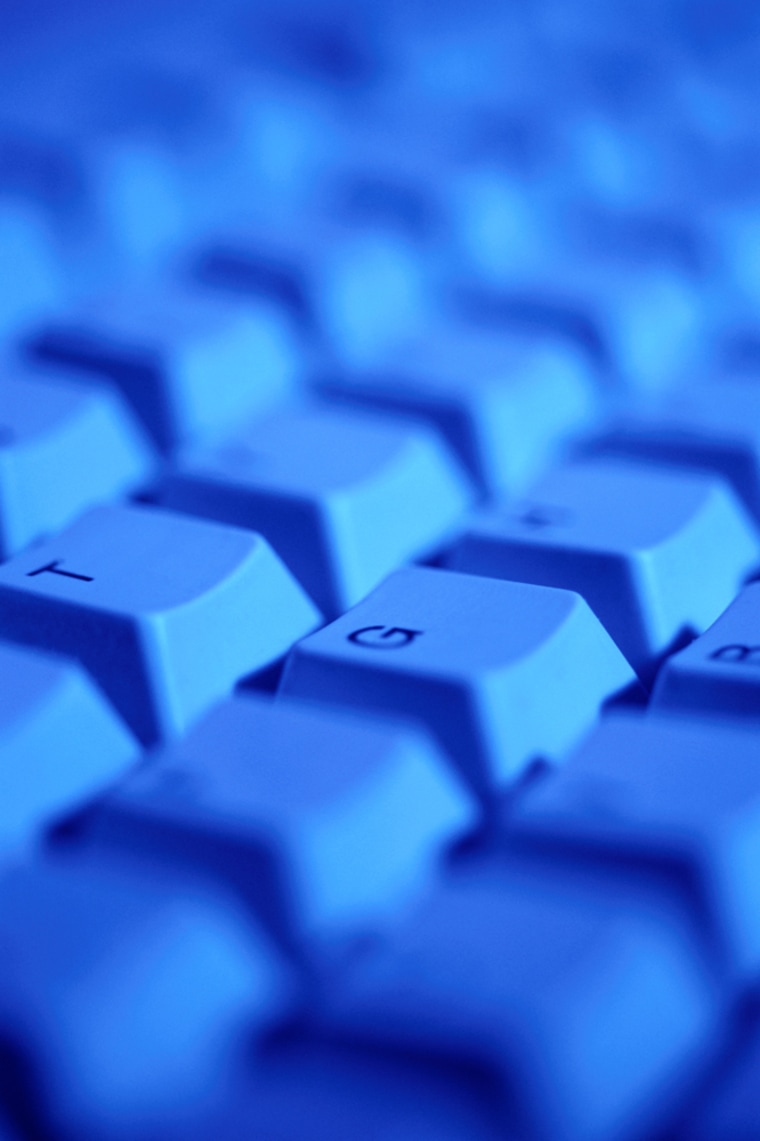It’s a now-infamous e-mail sent by Michael Brown, former head of FEMA, to the federal emergency agency’s staff as Hurricane Katrina savaged New Orleans and people’s lives:
“If you look at my lovely FEMA attire you’ll really vomit. I am a fashion god.”
Fashion god, maybe. E-mail god, definitely not. The message was just one of many cavalier and arrogant e-mails sent by Brown.
You think you’d never send something so insensitive and rude?
Then Will Schwalbe applauds you because you are thinking before you send. And many of us, despite e-mail’s proliferation in the past decade, still do not.
Schwalbe, editor in chief of Hyperion Books, and David Shipley, deputy editorial page editor at The New York Times, have written “Send: The Essential Guide to Email for Office and Home,” (Knopf, $19.95; on the Web, http://www.thinkbeforeyousend.com).
It’s certainly not the first book on the topic.
“There are lots of books about e-mail writing skills, but we wanted to do something on people skills and e-mail, and how people treat each other when they e-mail,” Schwalbe said.
“E-mail is still relatively new in terms of other types of human communication,” he said. “Even at the height of letter-writing, I did not write 200 letters a day. And when I wrote a letter, I concentrated on it, and I had occasion to change my mind when I was writing it.
“But with e-mail — and many business people say they deal with 200 e-mails a day — we’re responding to it while we’re distracted, while we’re on the telephone or talking to others.
“There’s no chance for our better selves to kick in, and it’s too easy to hit the send key.”
With that in mind, here are some pointers for those with itchy fingers, especially in the workplace:
I’m not your 411. “We’ve all started using each other as human Rolodexes, such as an e-mail that says, ‘Do you have Lauren’s number?’ ” Schwalbe said. “Either ask the person, or look it up yourself on Google. Such e-mails are how we aggravate each other every day.”
Part of sending better e-mails, he said, is sending fewer of them. “Ask yourself, ‘If I didn’t send this e-mail, what would happen?’ It’s not a bad question. I think we can all do ourselves a favor of communicating a little less.”
That’s not what I said. Because e-mail can be forwarded — and altered — so easily, if you’re sending information of a sensitive nature, send it in a .pdf attachment, using Adobe Acrobat.
Make it 9 to 5. Think you’ve been really clever by e-mailing the Big Boss at 8 p.m. at night, or 3 in the morning in order to get his or her attention?
Go the 9 to 5, Monday through Friday route, Schwalbe said. The odd-hour e-mail may get lost under an avalanche of newer e-mails, or worse, could annoy the recipient who gets an e-mail alert at the wrong time.
“Sometimes when an e-mail is sent is what matters,” he said.
Can u reed this? With more of us using handhelds to send e-mail, that means we’re “typing” on tiny keyboards or touchscreens. And that means typos. Even spelling bee champs can make them using handhelds.
Most phone companies offer the menu option of adding words at the end of the e-mail, after your signature, that say something like, “Sent wirelessly using High-Falutin’ Tech.”
Using that option will buy your typos — and you — some forgiveness.
Infinite loop. Pick up the phone if you’re having trouble getting a logistics problem solved by e-mail.
“Sixty-seven e-mails have gone out and you still haven’t finalized that meeting? In three phone calls, it’s all set. (Date, time, location, roster of participants, who’s having what for lunch),” say the authors.
And definitely use the phone “when you need to convey or discern emotion,” Schwalbe and Shipley write. E-mail is “tone deaf,” but our reactions aren’t.
Anger management. “Sometimes an angry e-mail is justified,” said Schwalbe. “But you should think before you send, not write and send and then think.”
Don’t go nuts with fonts and color. “For most communication, you want people to focus on your words,” Schwalbe said.
Plus, “there are fonts that some systems don’t recognize. People also may be reading e-mail in plain text versus HTML, so sometimes the effect gets stripped out,” and your creative endeavors are useless, he said.
“Sometimes effects, such as wallpaper, wind up being sent as an attachment. That’s like opening a Christmas present and finding there’s nothing inside.”
Schwalbe likes to use Arial, 12-point size; Shipley likes New Times Roman, also 12-point.
Remember, and of course you do, that e-mail is permanent and searchable.
“You can create an opportunity for a Michael Brown incident,” if you’re not cautious, Schwalbe said. “He gave his critics incredible ammunition to use against him with his e-mail.”
